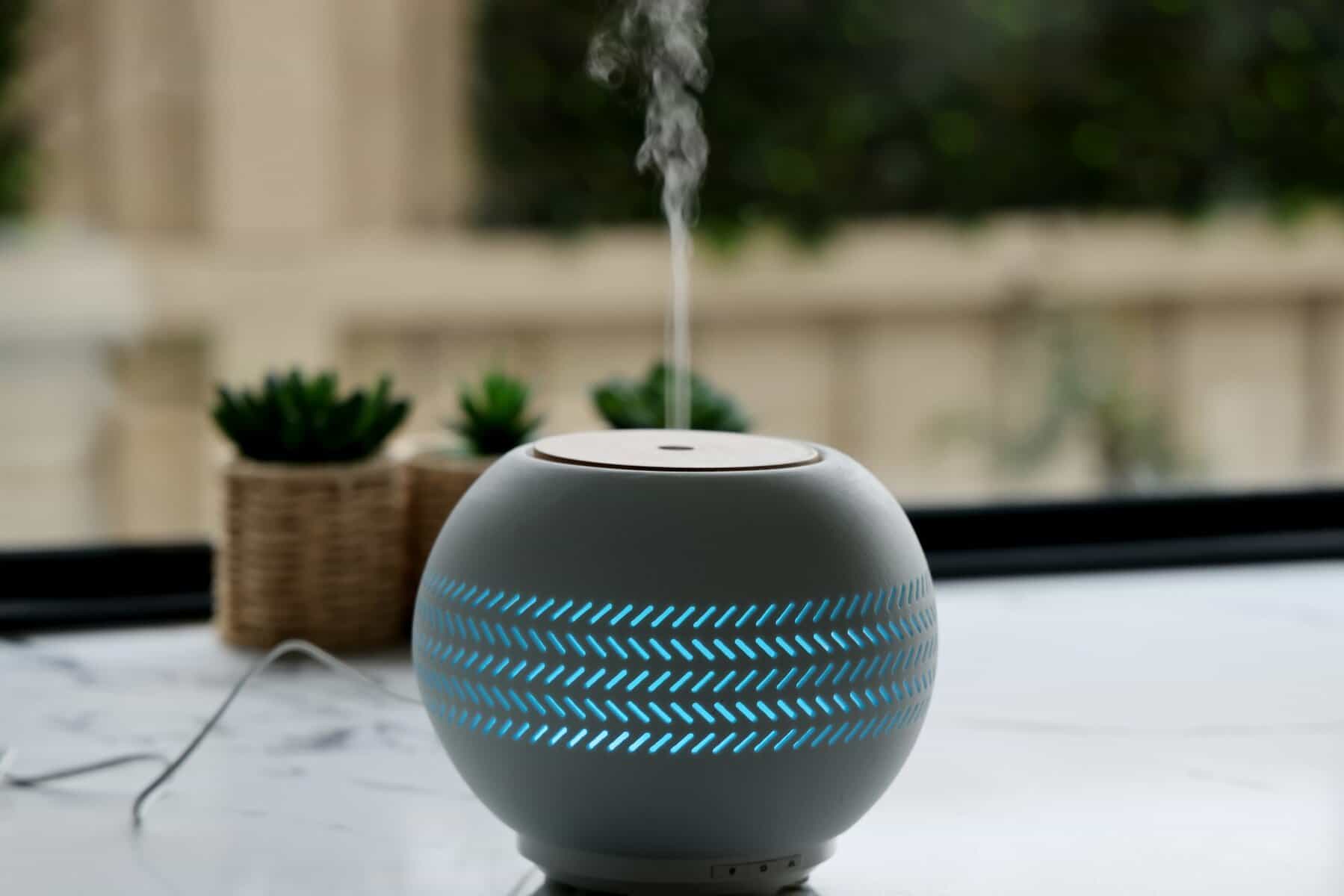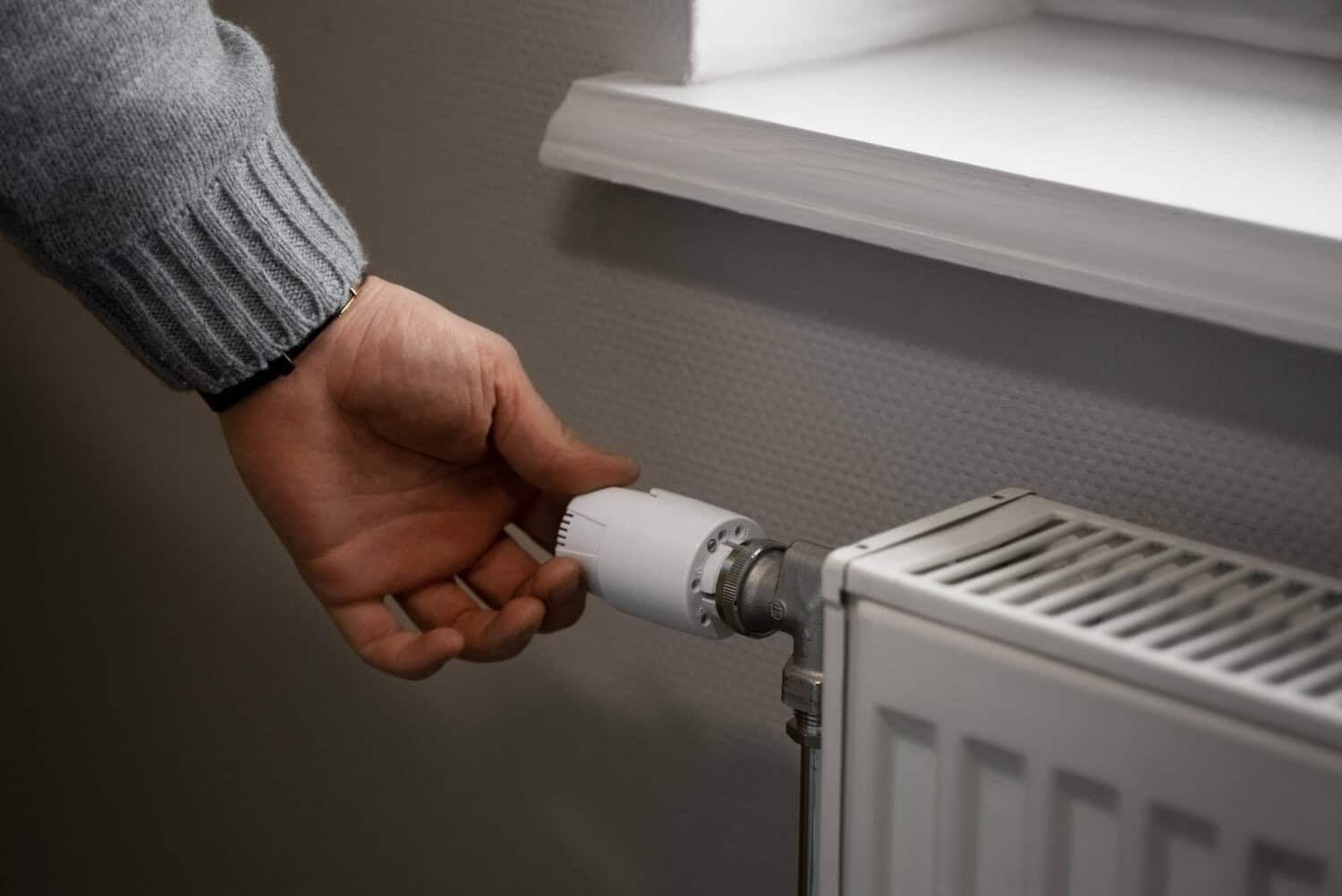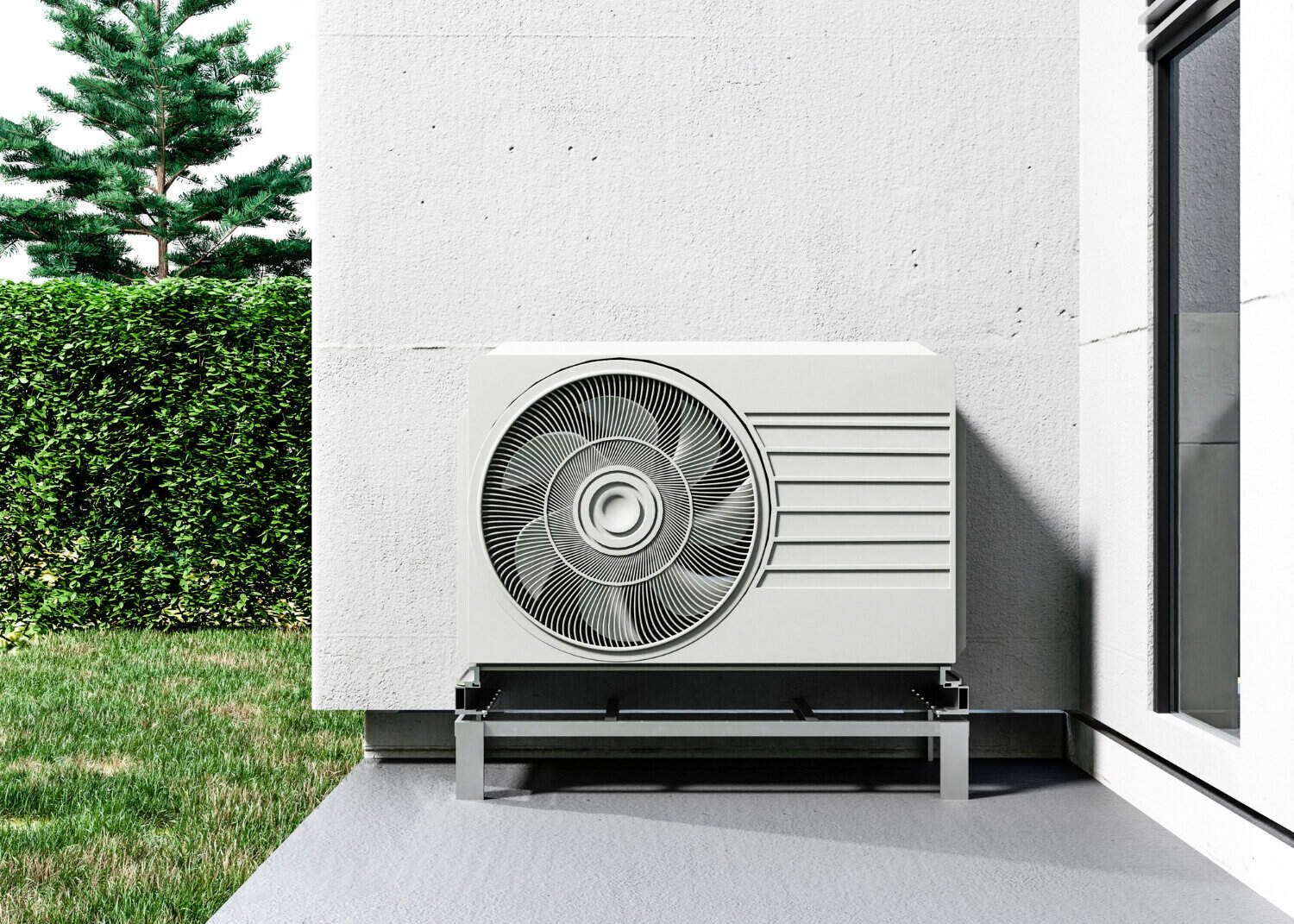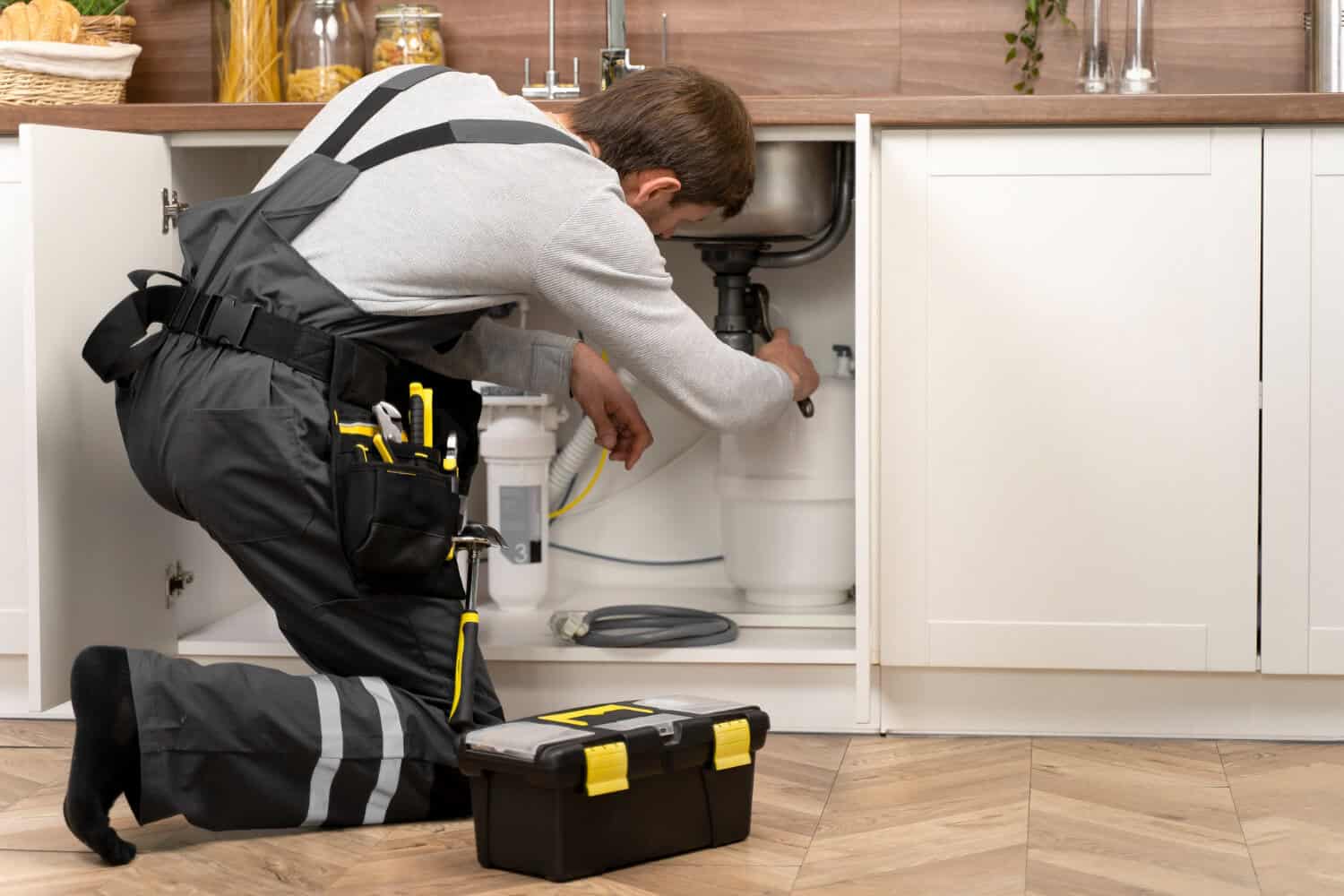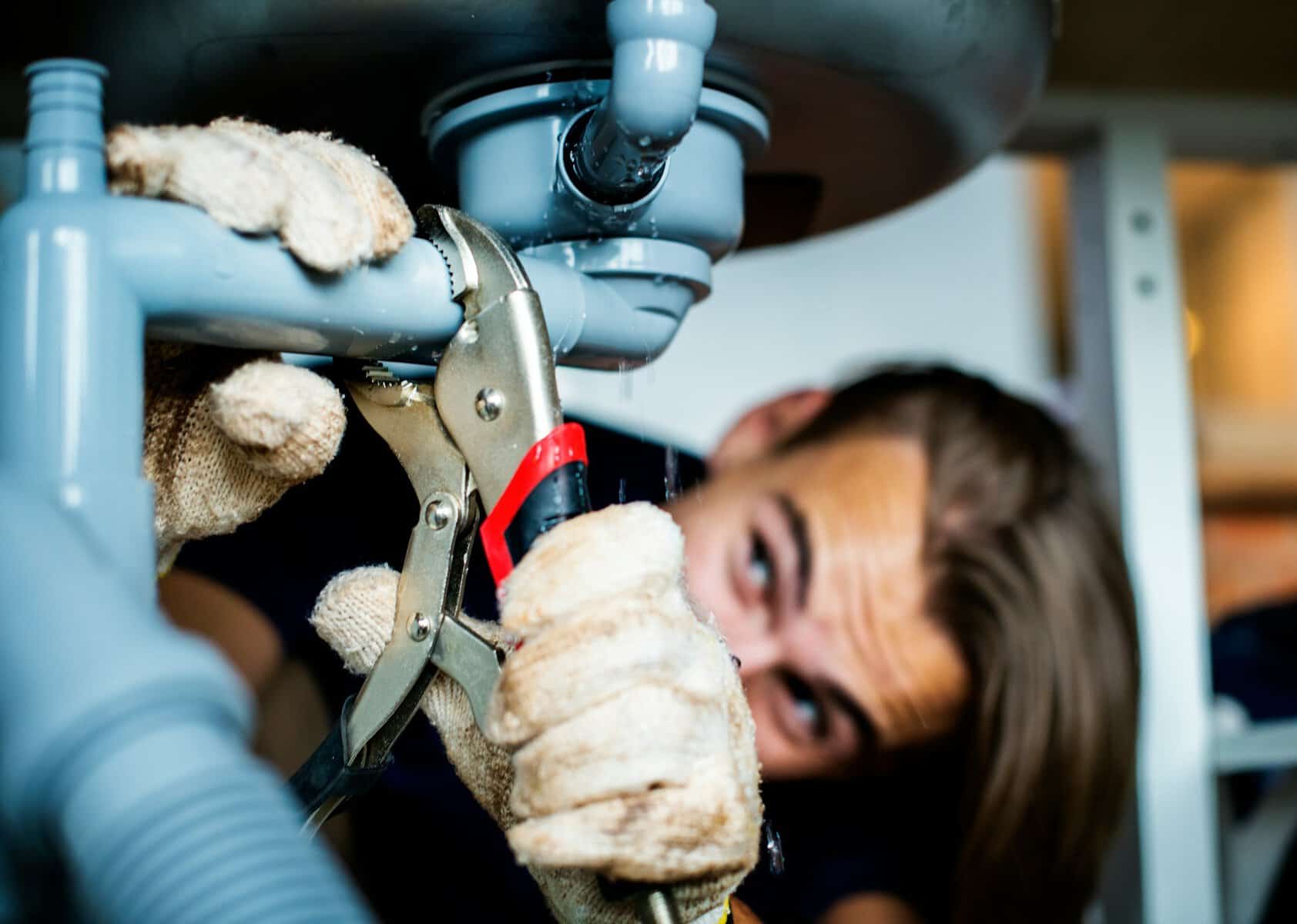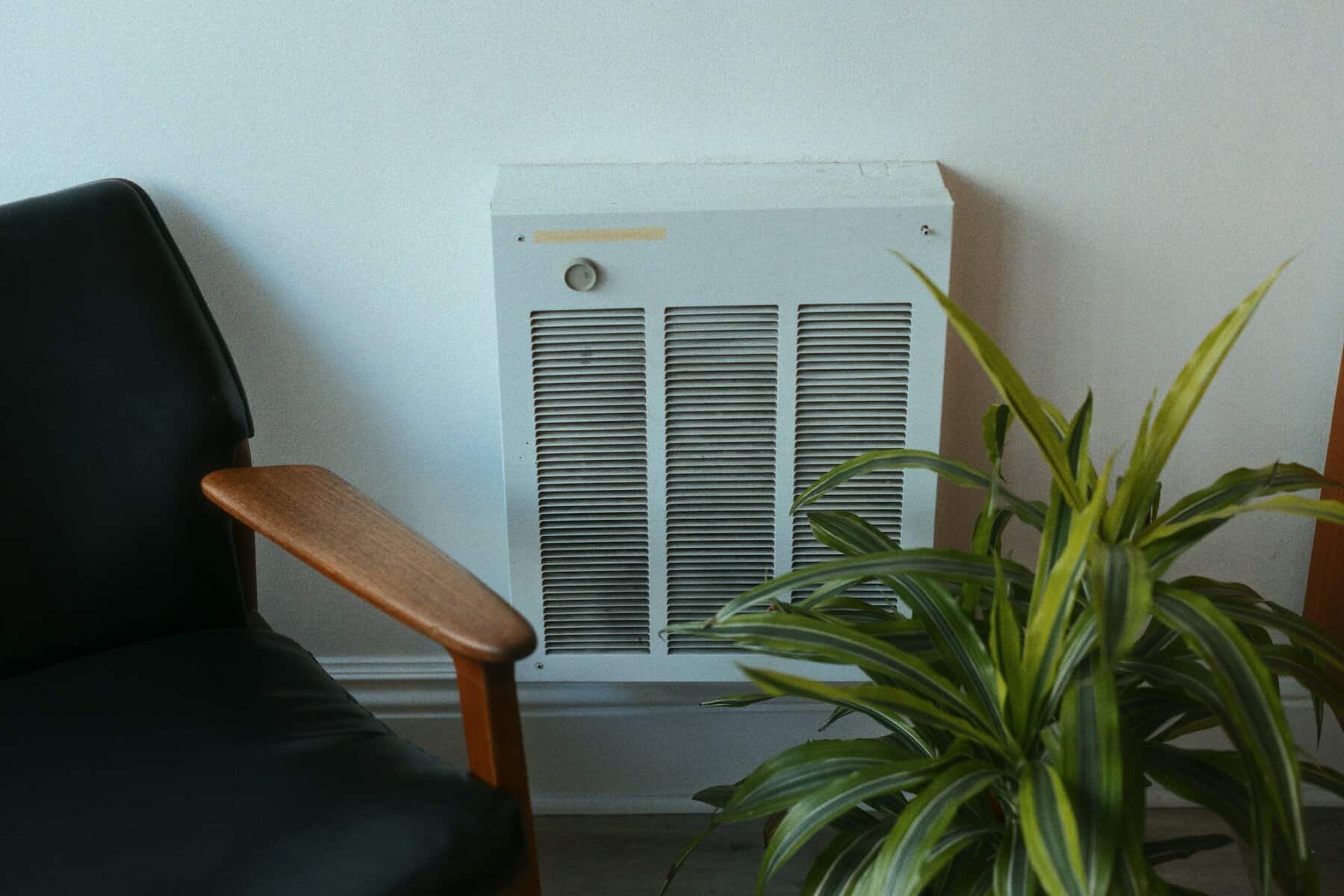When the cold settles in and windows stay shut for the season, the air inside your home can start to feel heavy. Maybe it smells a little stale, or you notice dust in places you didn’t before. This time of year, we tend to close everything tight to keep the heat in, but that also means fresh air has no way in. The indoor air gets used again and again.
For homes in colder climates like Saratoga Springs, New York, this matters. Winter means staying indoors more and opening the windows less. That’s exactly when air purification services come into play. They help clean the air you breathe each day, even when your home’s all buttoned up against the weather.
Why Indoor Air Gets Stale During Cold Weather
In the colder months, fresh air has fewer chances to enter the house. Most of the time, we keep the same air trapped inside, just cycling through the vents. That loop can drag all kinds of things into your breathing space.
• When air doesn’t move out, dust and dander stay in
• Cooking scents and pet odors linger longer
• Moisture from showers, laundry, or even just breathing can raise humidity levels inside
Without airflow from outside, all those indoor particles collect over time. You may not notice it right away, but over a few weeks, the air can feel dense and harder to breathe. In places that get long winters, stale indoor air becomes something families deal with more often than they realize. Even if you are careful about cleaning, it is tough to remove all the particles and odors without bringing in fresh air. With windows sealed tight, the process of clearing the air slows down quite a bit, so anything that floats around can stick around longer.
How Air Purifiers Work to Refresh the Air
Air purifiers aren’t just for people with allergies. They improve how your home feels overall. Most systems pull dirty air in, trap unwanted particles in filters, and push cleaner air back out.
Here’s what an air purifier can handle:
• Removes dust, pollen, and pet hair before it floats around
• Cuts down strong smells from cooking or smoke
• Some models manage humidity, helping reduce that damp, sticky feel
• My Jockey installs, services, and maintains air purification systems, including HEPA filtration and whole-home solutions for Saratoga Springs, New York
The result isn’t just cleaner air. Rooms feel fresher, and daily living becomes more comfortable. After a while, you may notice fewer sneezes, less dry skin, or simply that your home doesn’t smell like last night’s dinner anymore. The difference can be even more noticeable in winter when there’s rarely a chance to open up the house. That’s when having a system running quietly in the background pays off, keeping things fresh with minimal effort on your part.
Signs It’s Time to Consider Air Purification Services
When indoor air quality drops, it usually shows up in small annoyances. Over time, though, those little signs can add up to something that hurts comfort or health. If you’ve experienced any of the points below, it might be time for a second look at your indoor air.
• Sneezing or congestion feels worse when you’re inside
• Odors in the house seem to stick around, even after cleaning
• Dust collects fast, and you’re wiping the same spots again and again
• Rooms feel stuffy, or you get headaches after staying inside for a while
These signs tend to show up when the windows close for the season. The longer stale air stays trapped, the more noticeable the effects become. The need for relief grows after a week or two of closed windows and recycled air. That’s why air purification services are especially useful during cold weather. Addressing these air concerns early can help you breathe a little easier all winter.
Whether your home gets a lot of foot traffic, or you spend more time indoors during winter, noticing these changes signals it’s time for something more than just another cleaning session. Sometimes, the air itself is what needs real attention.
How Professional Help Makes a Difference
Installing an air purifier might seem simple, but there’s more to it than plugging in a device and hoping for the best. Every home is different. The layout, the age of the house, the number of people living there, all of those things affect how air moves and where problem spots pop up.
Here’s how the right help can matter:
• A pro can walk through your space and find the dust traps you may not see
• They know where to put the system so that it actually reaches the air that needs cleaning
• Air purification services mean making sure the system is the right size, set up well, and maintained properly
• We offer smart thermostat integration and ongoing maintenance options as part of our air purification services in Saratoga Springs, New York and the Capital Region.
When a system is installed the right way, it works better and lasts longer. That means you spend less time worrying about air quality and more time just enjoying your home. It’s not just about putting a filter in the living room, proper setup ensures every corner of your house gets the benefit. Regular checkups and filter swaps keep things running at their best, which is something easy to overlook if you’re busy or dealing with other winter chores.
Talking with someone experienced helps you choose the right system and spot trouble before it happens. Newer systems even let you track air quality over time, which can be handy for families with allergies or anyone working from home.
Breathe Easier All Winter Long
Once the windows are closed for the season, good indoor air makes a big difference. Whether it’s cooking dinners, running the heat, or just hanging out with family in the same space day after day, clean air adds to your overall comfort.
With a good system in place, fresh-feeling air isn’t something you only get in spring. Every room can feel like the windows have just been opened, even in the middle of winter in Saratoga Springs, New York. That matters when you’re spending more time indoors.
Cleaner air means fewer distractions from dryness, odor, or dust. It supports sleep, clear breathing, and a better overall feeling throughout your home. When the days are short and the nights turn cold, that kind of comfort is worth holding onto.
When the air inside your home in Saratoga Springs, New York, feels stuffy or dust lingers during winter, it could be time to discover what’s affecting your indoor comfort. Our team at My Jockey helps homeowners breathe easier all season long with trusted air purification services designed to target what you can’t always see or smell. With windows sealed tight, clean air matters most. Call us today to discuss the best solution for your home.

